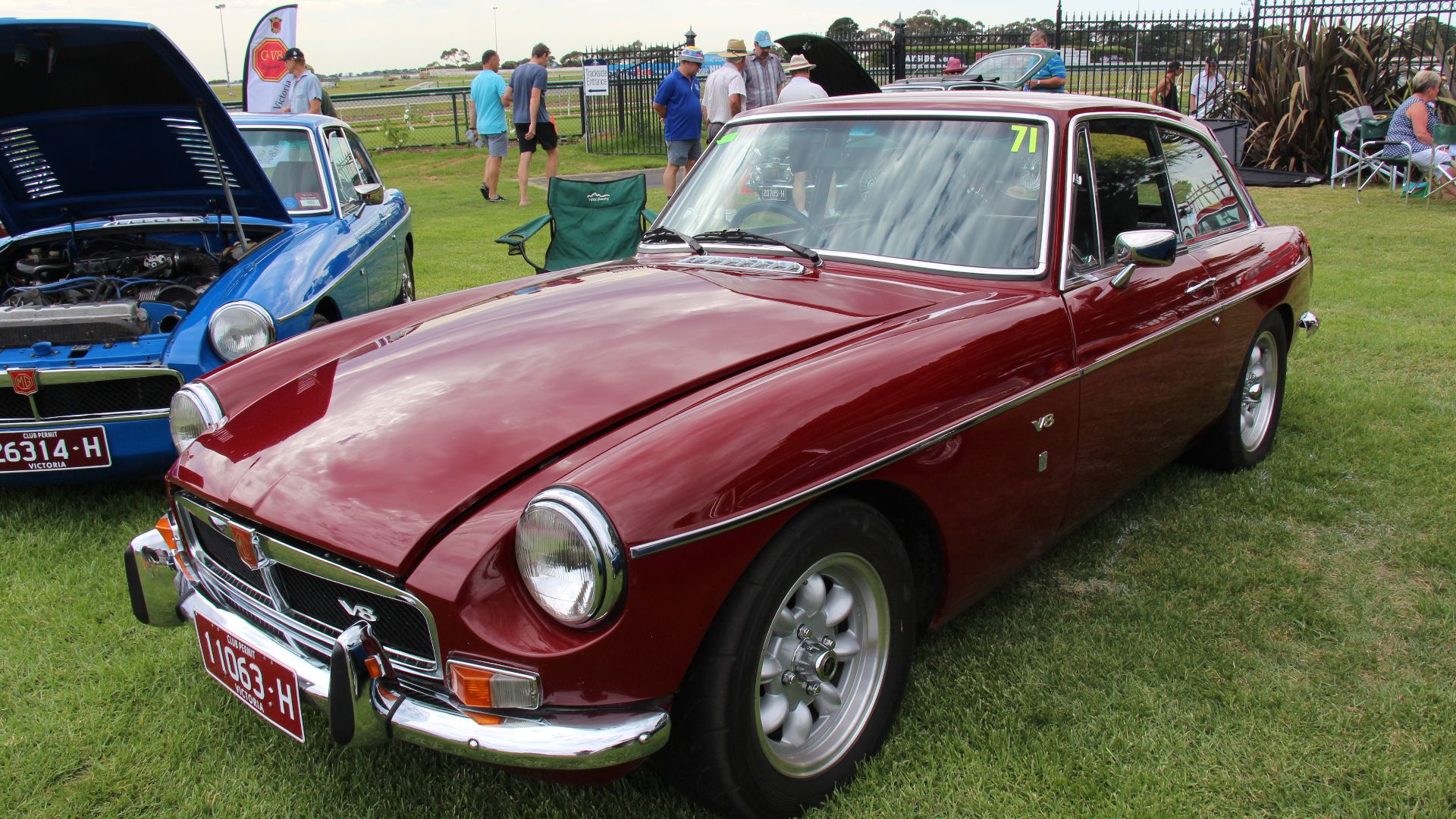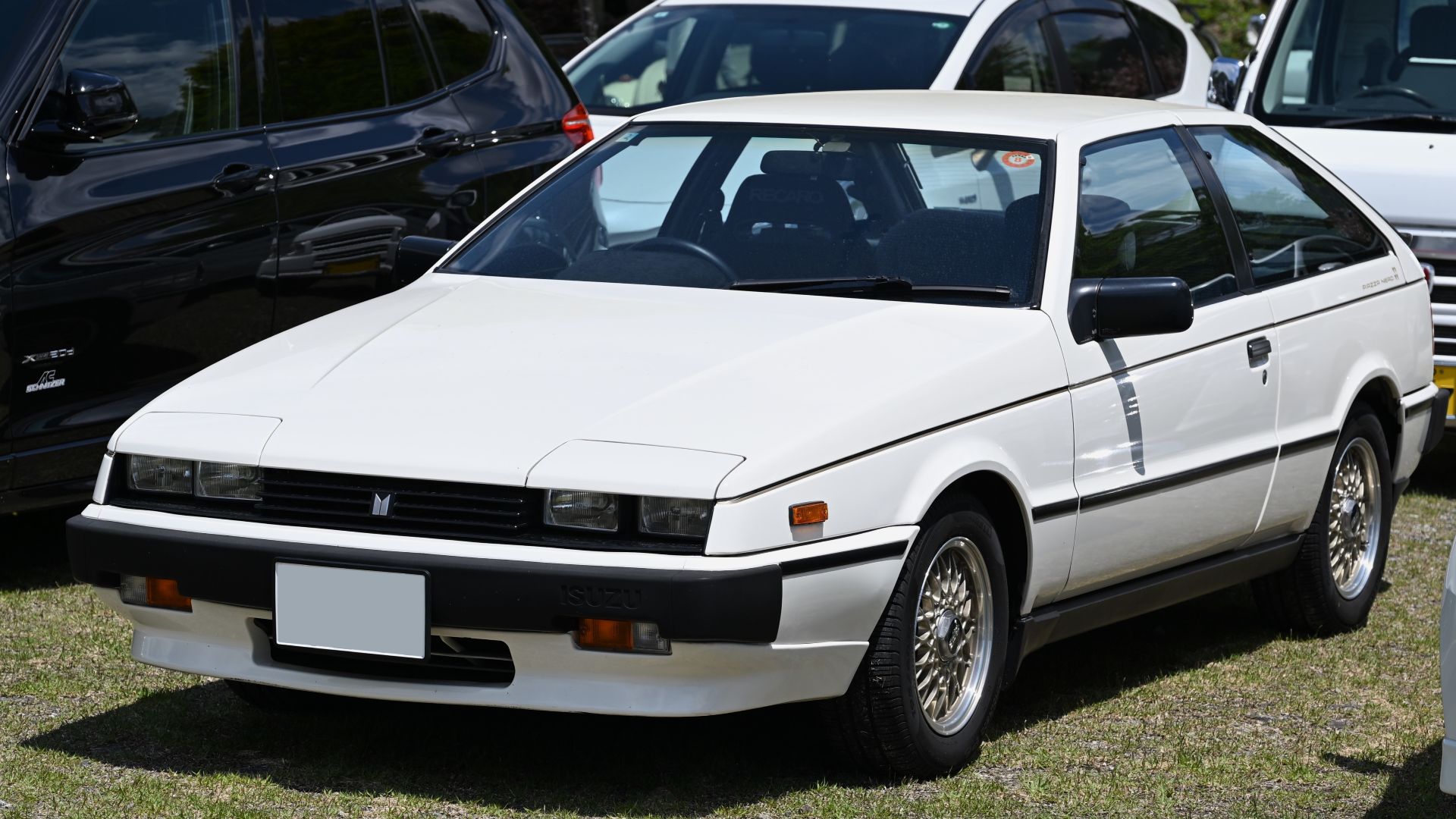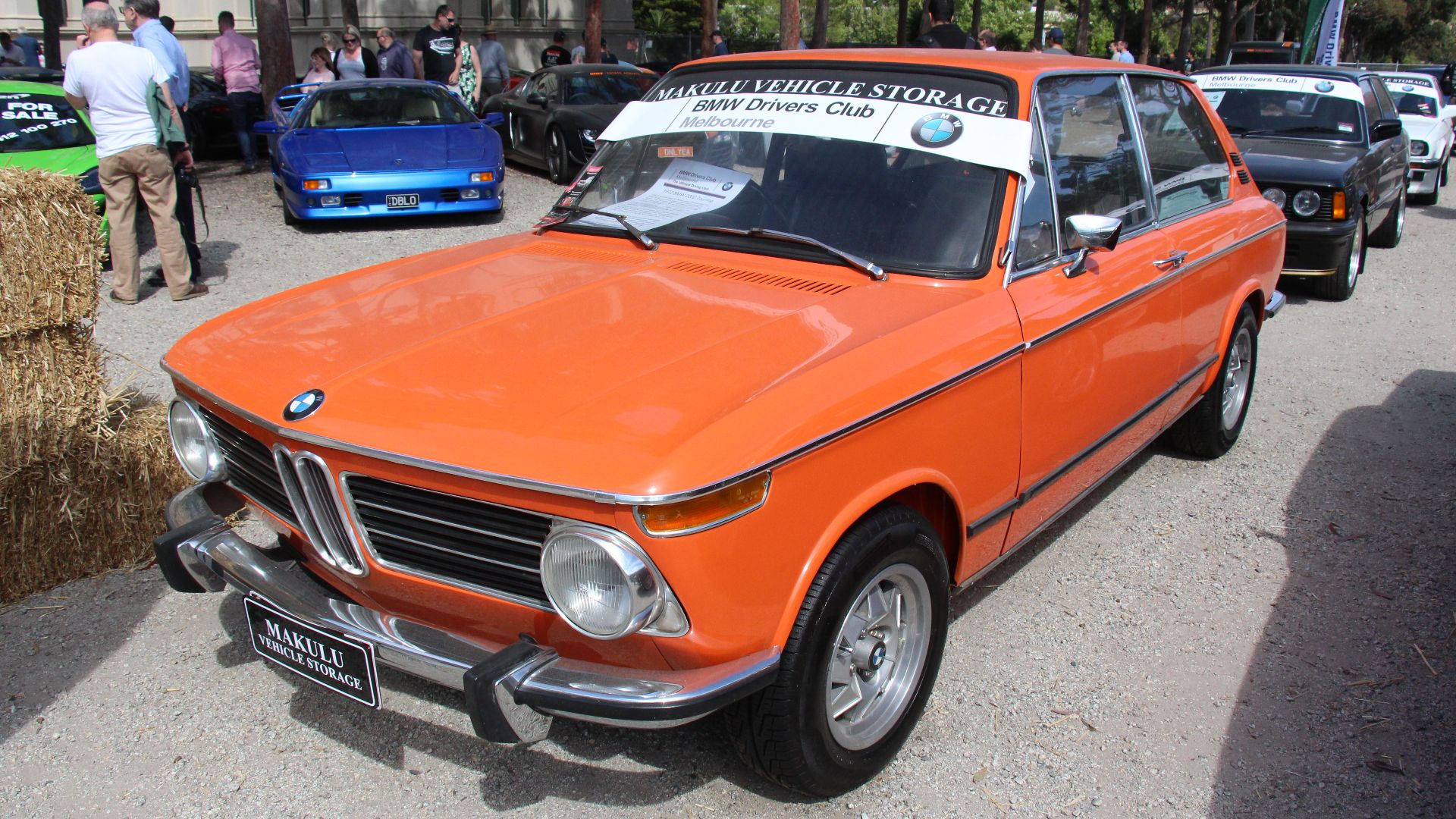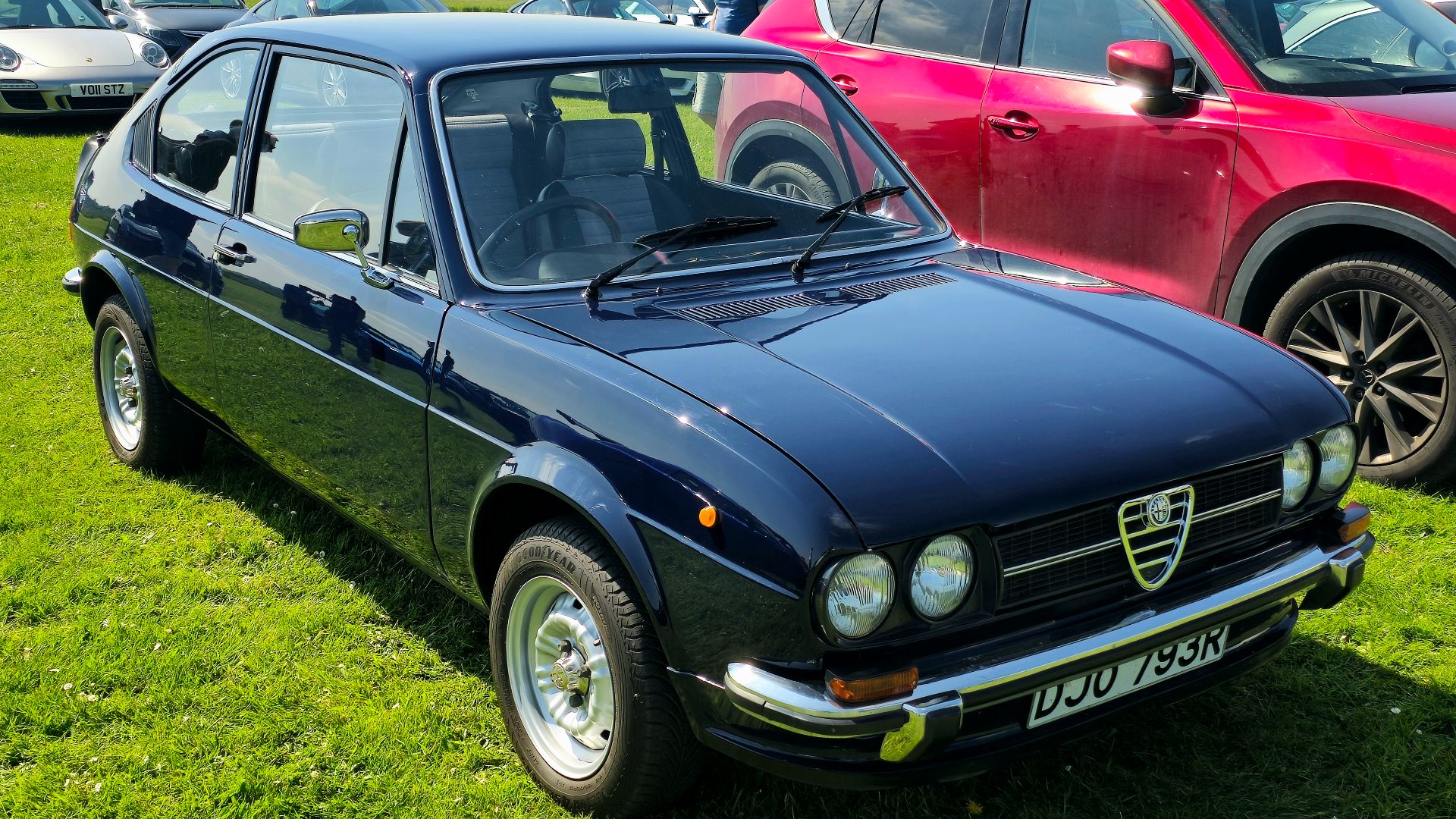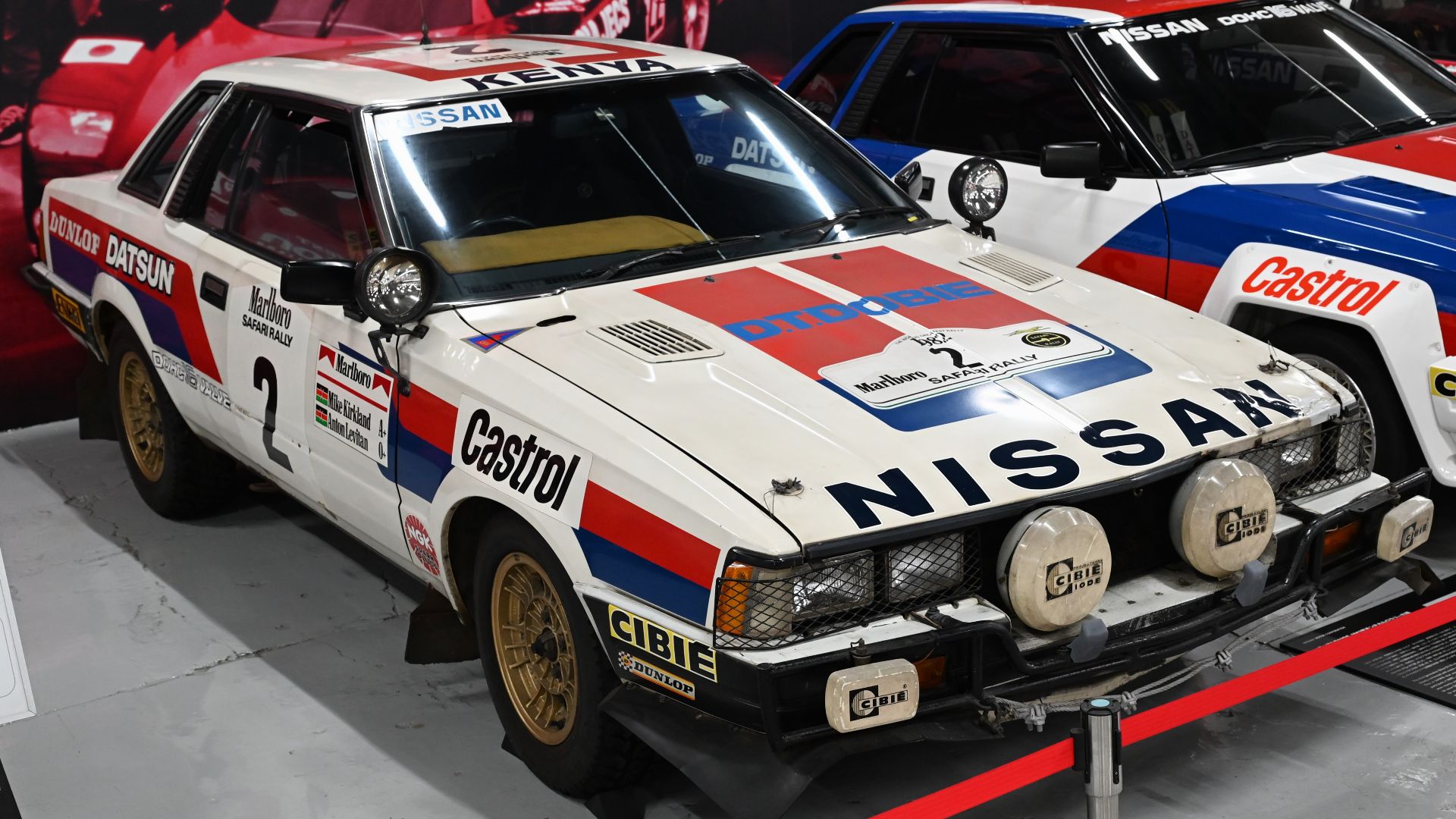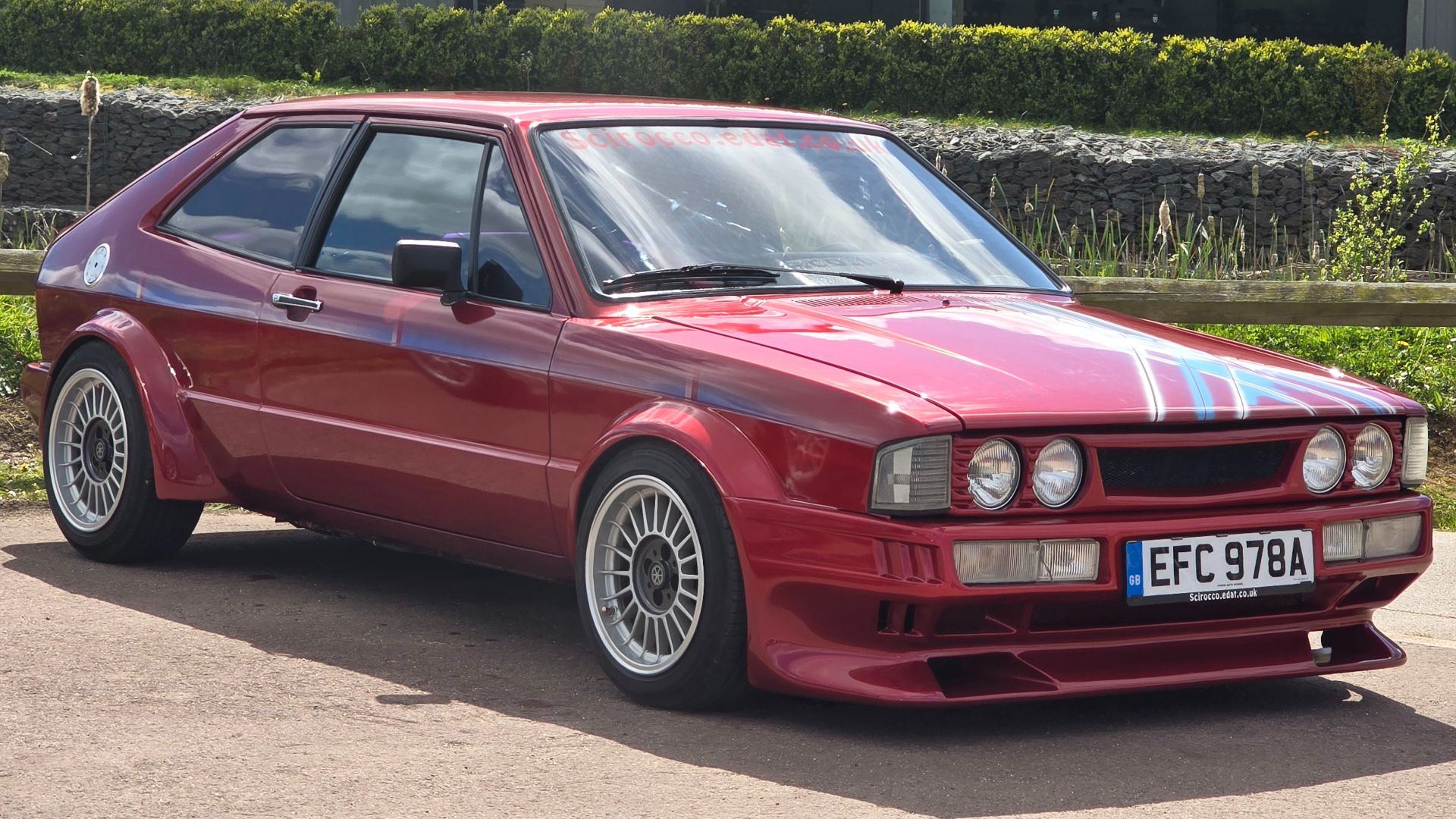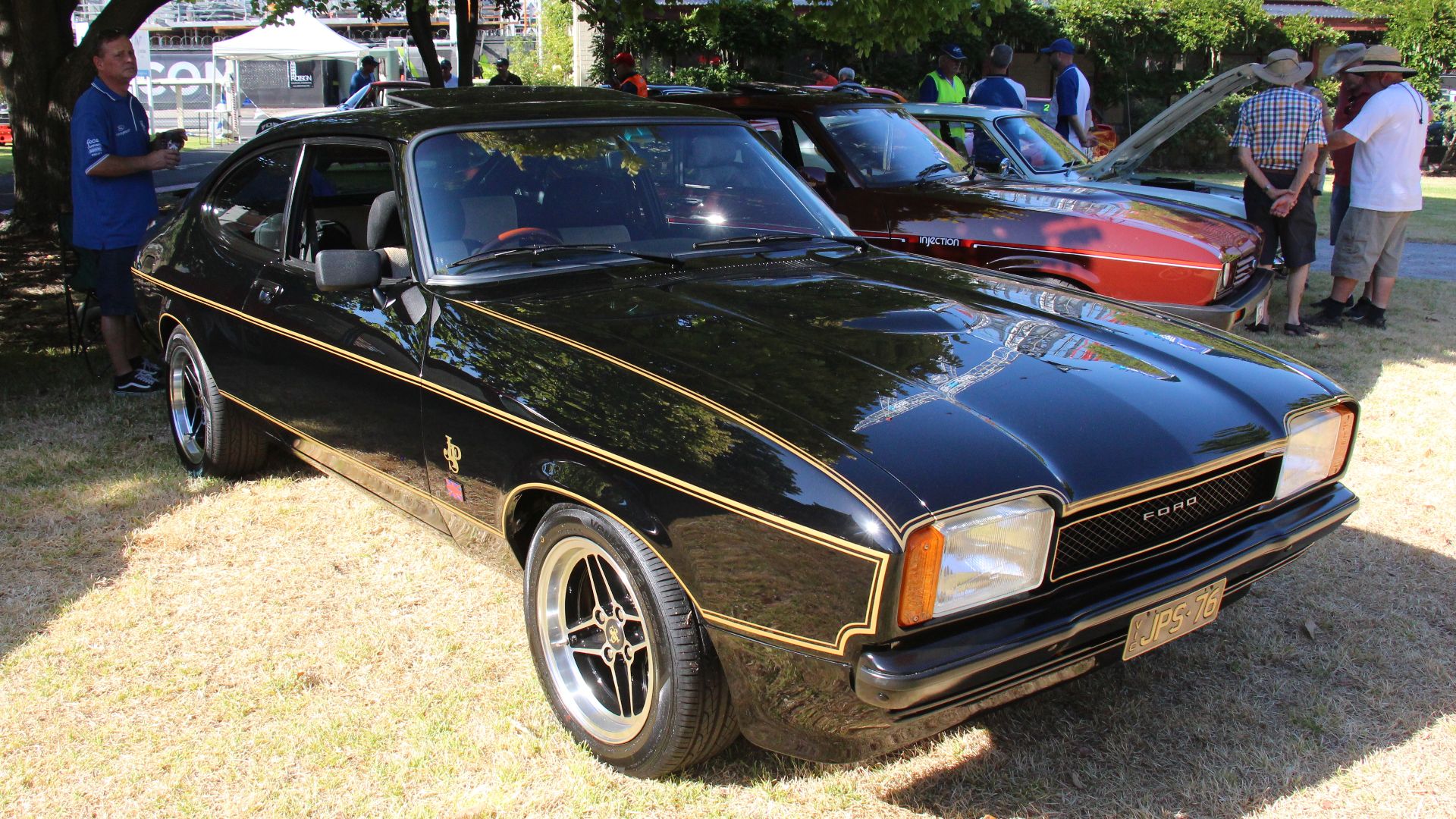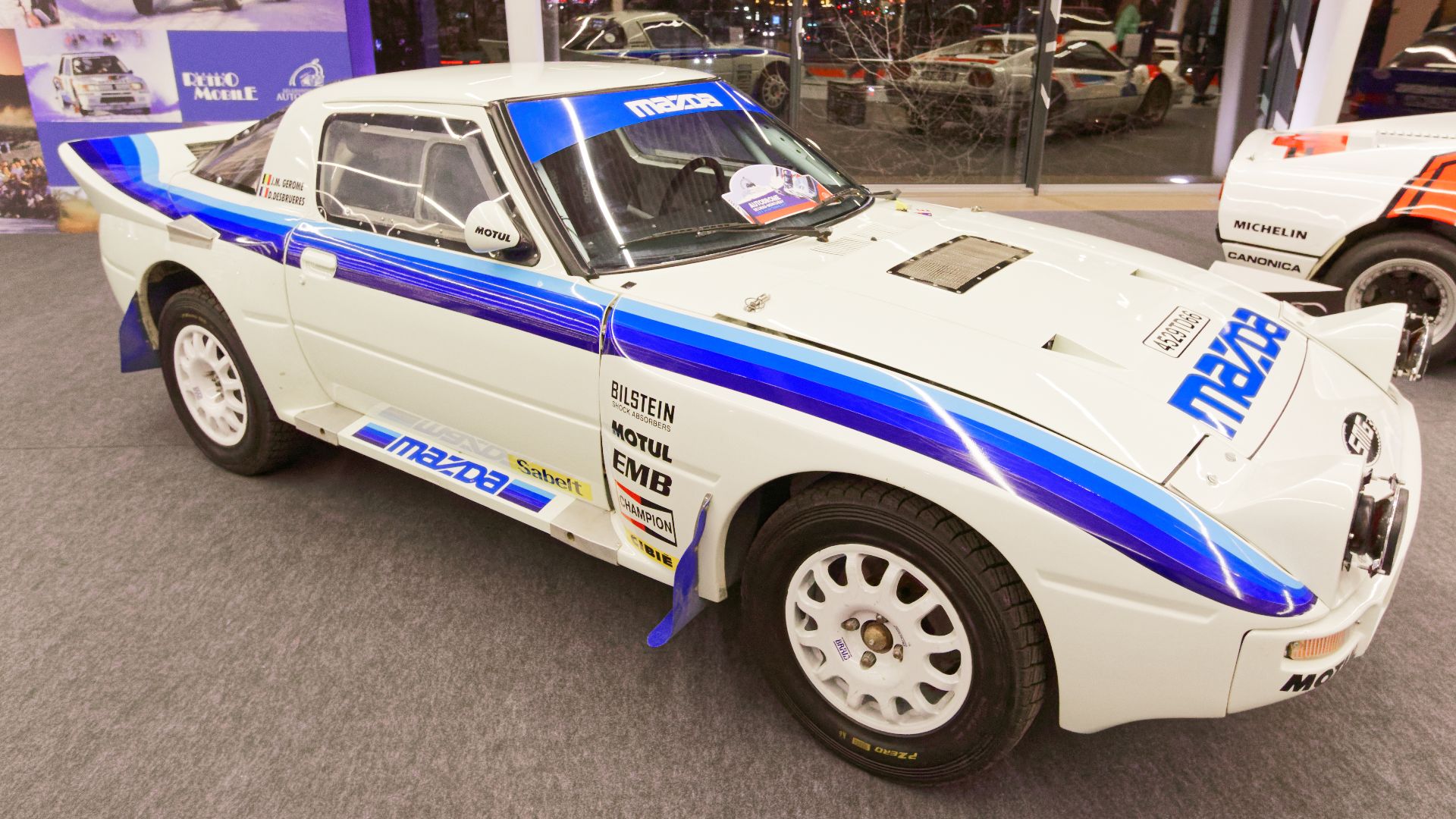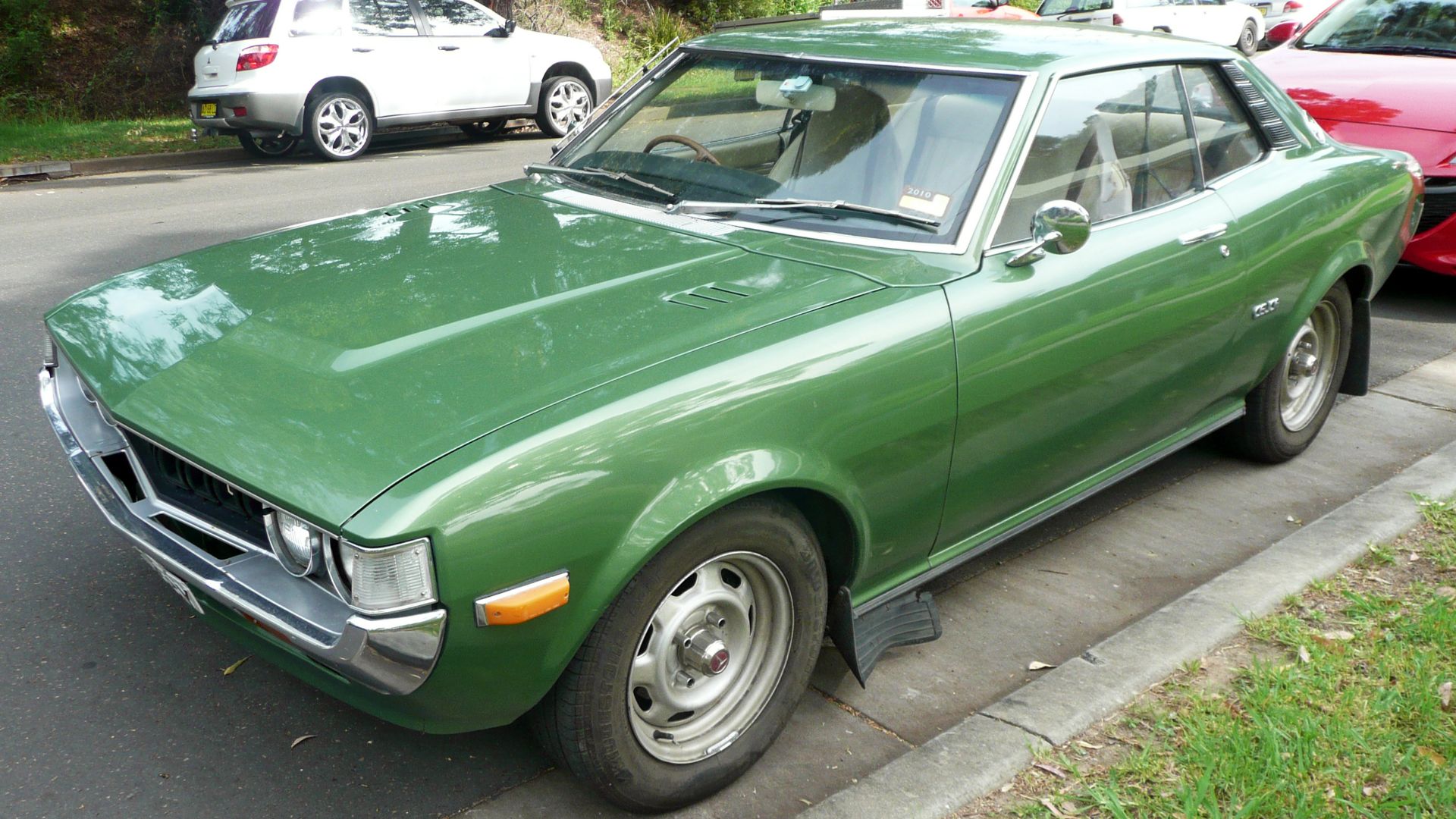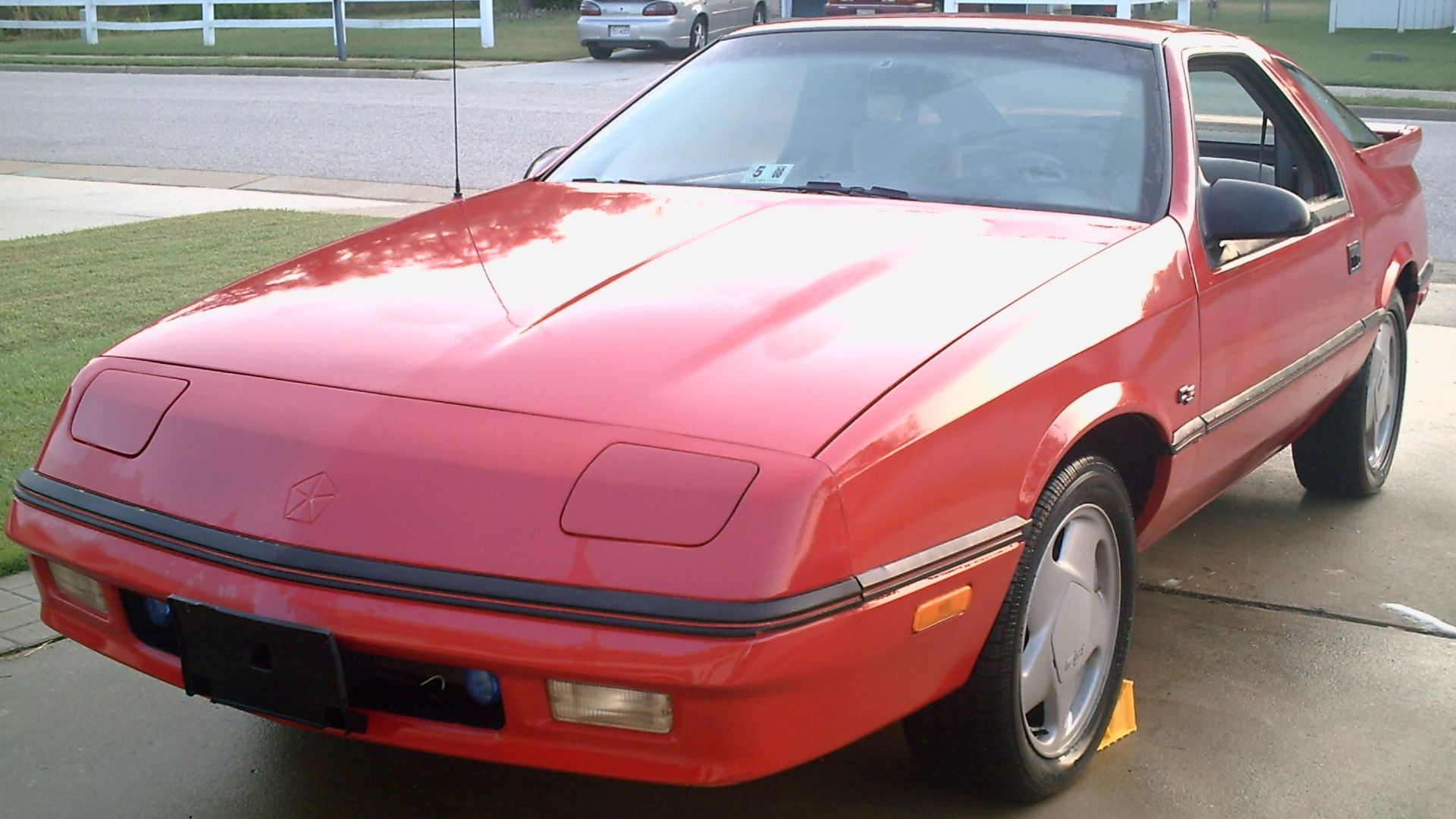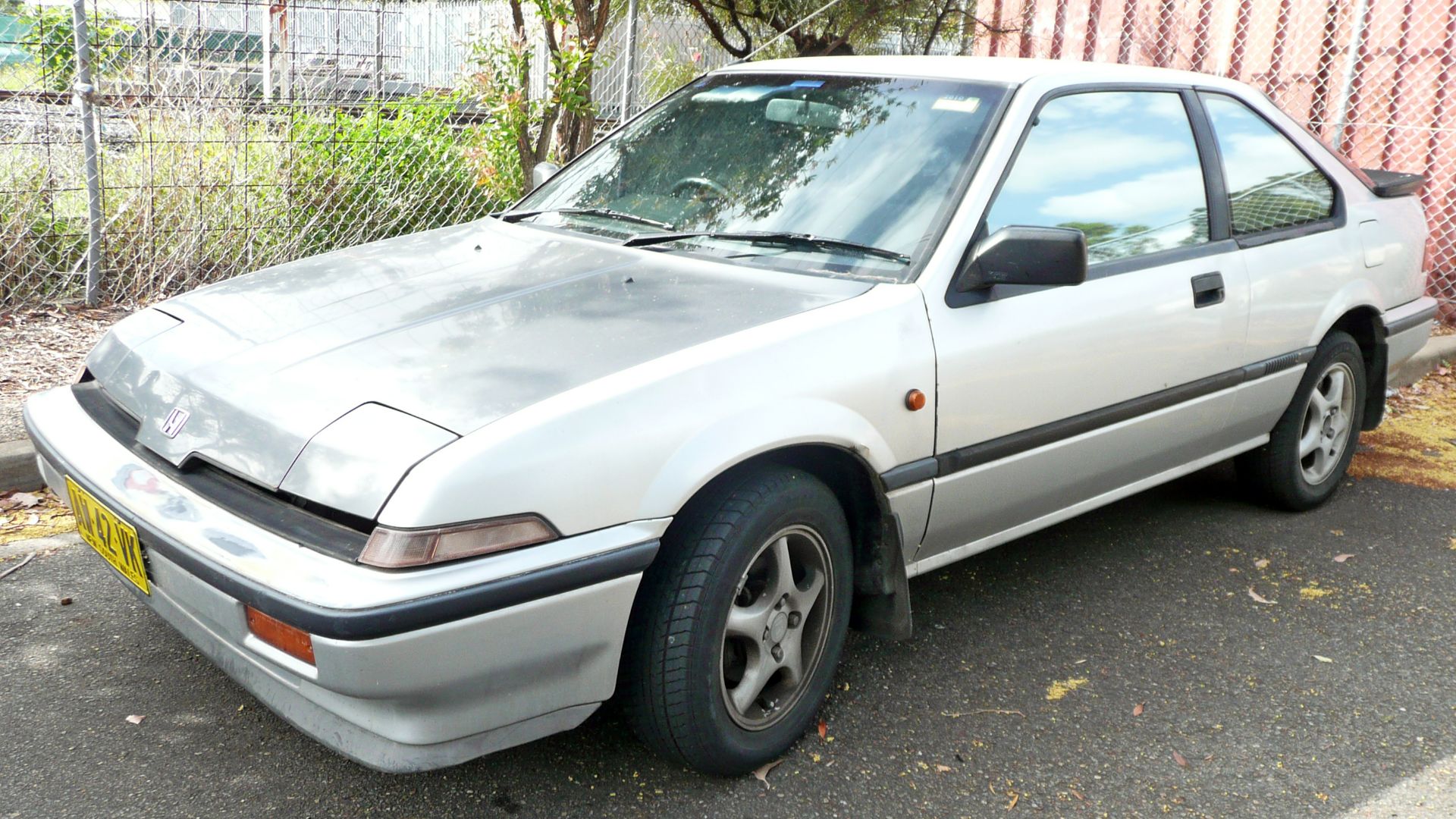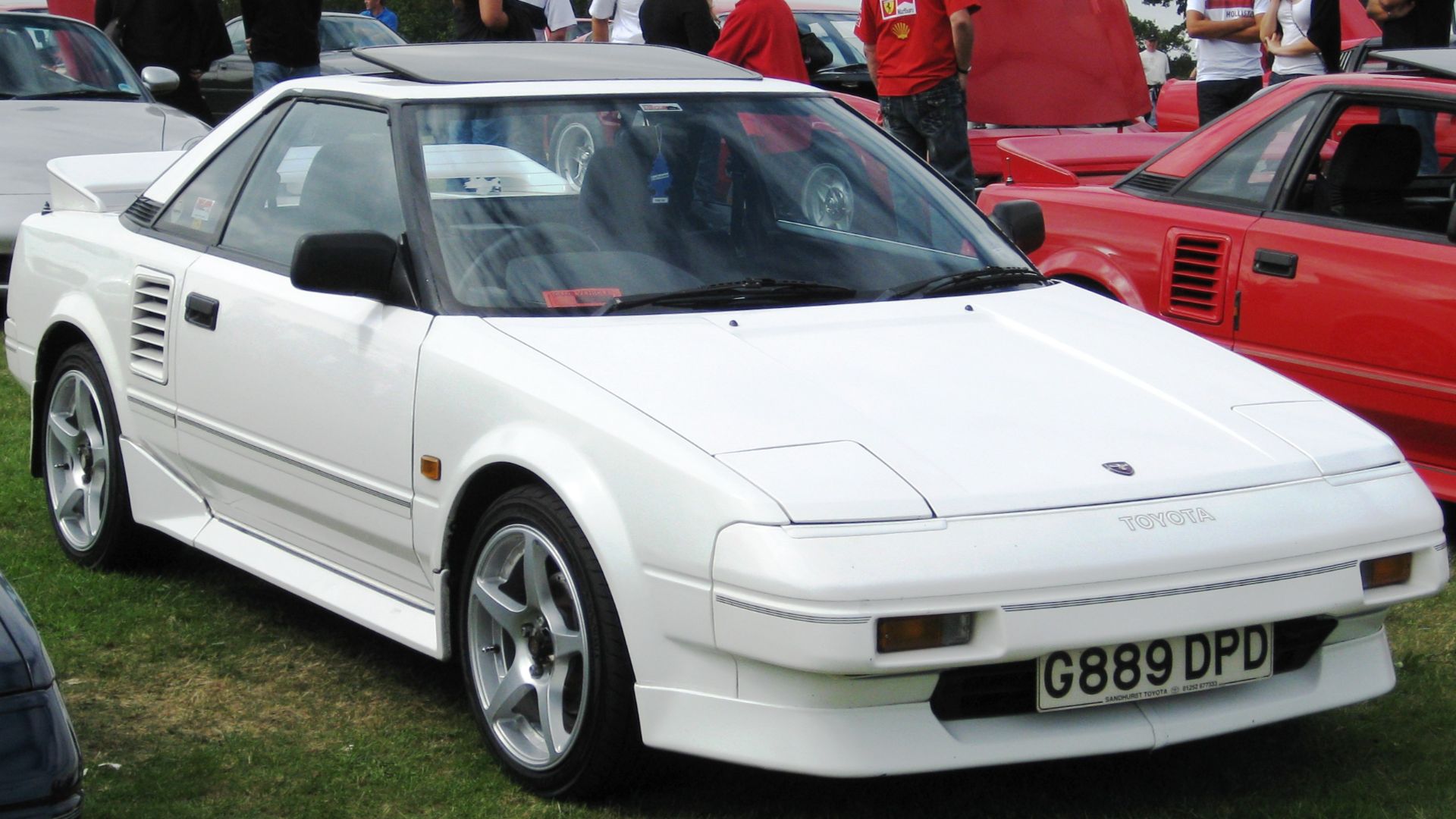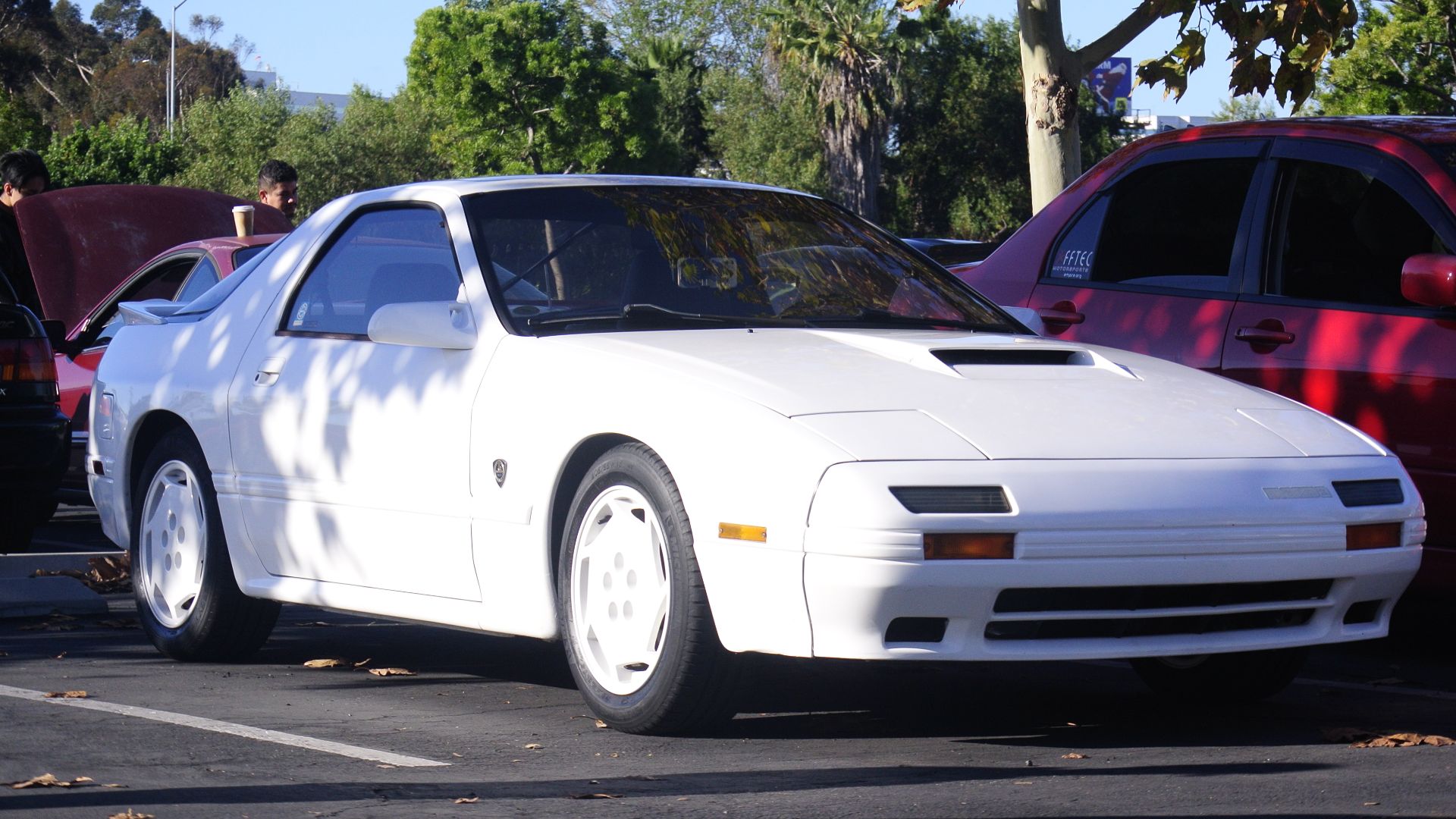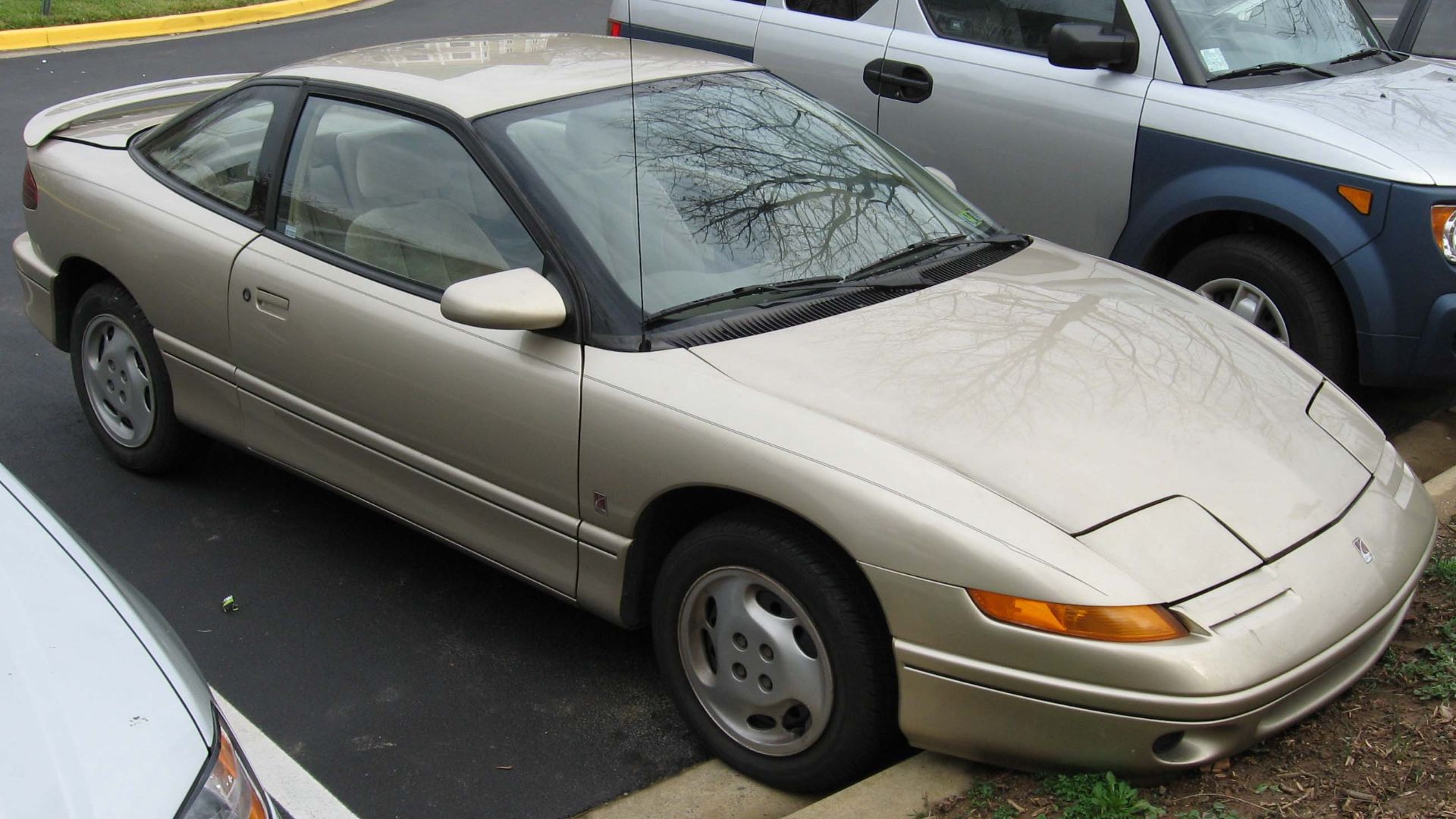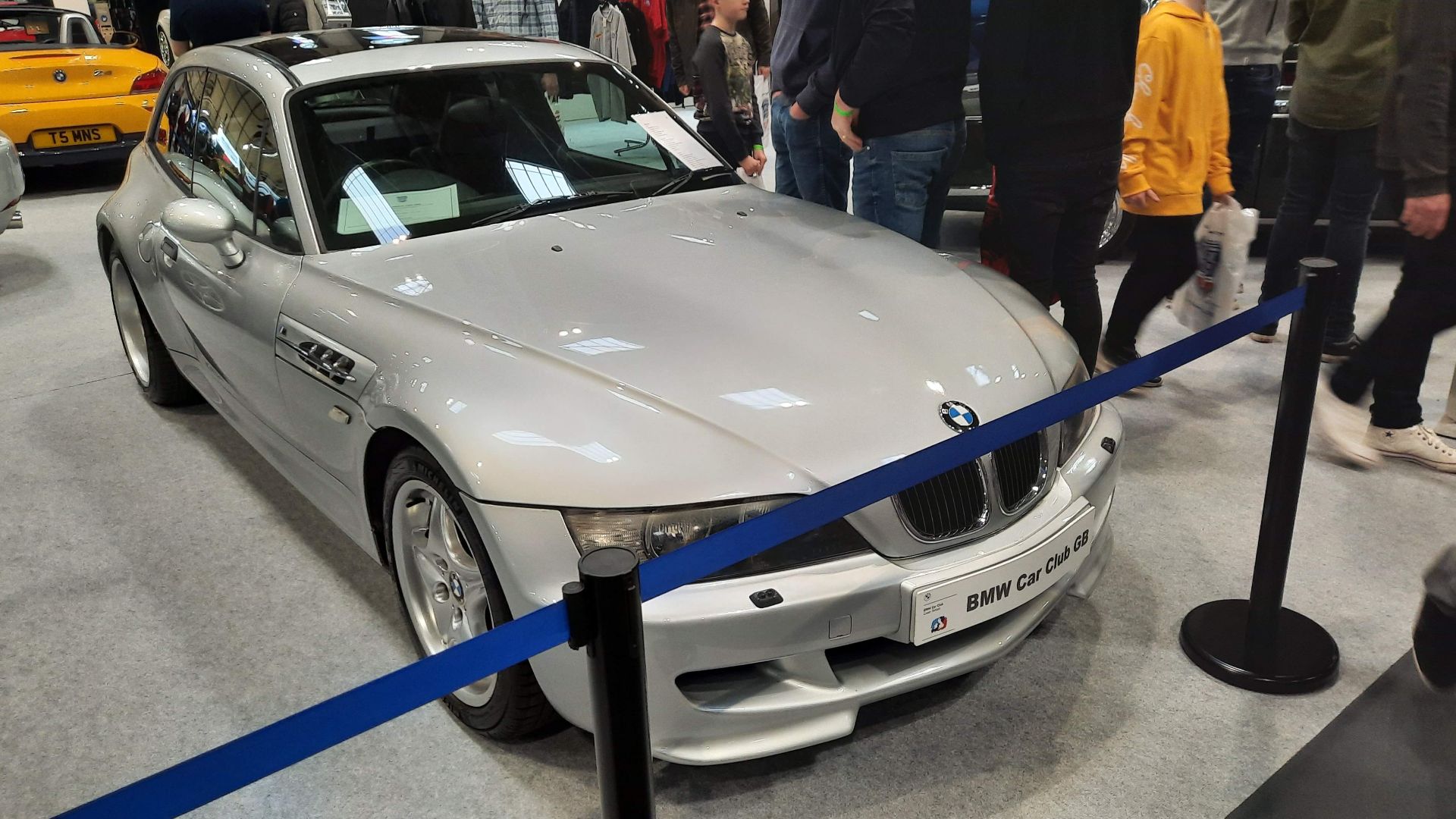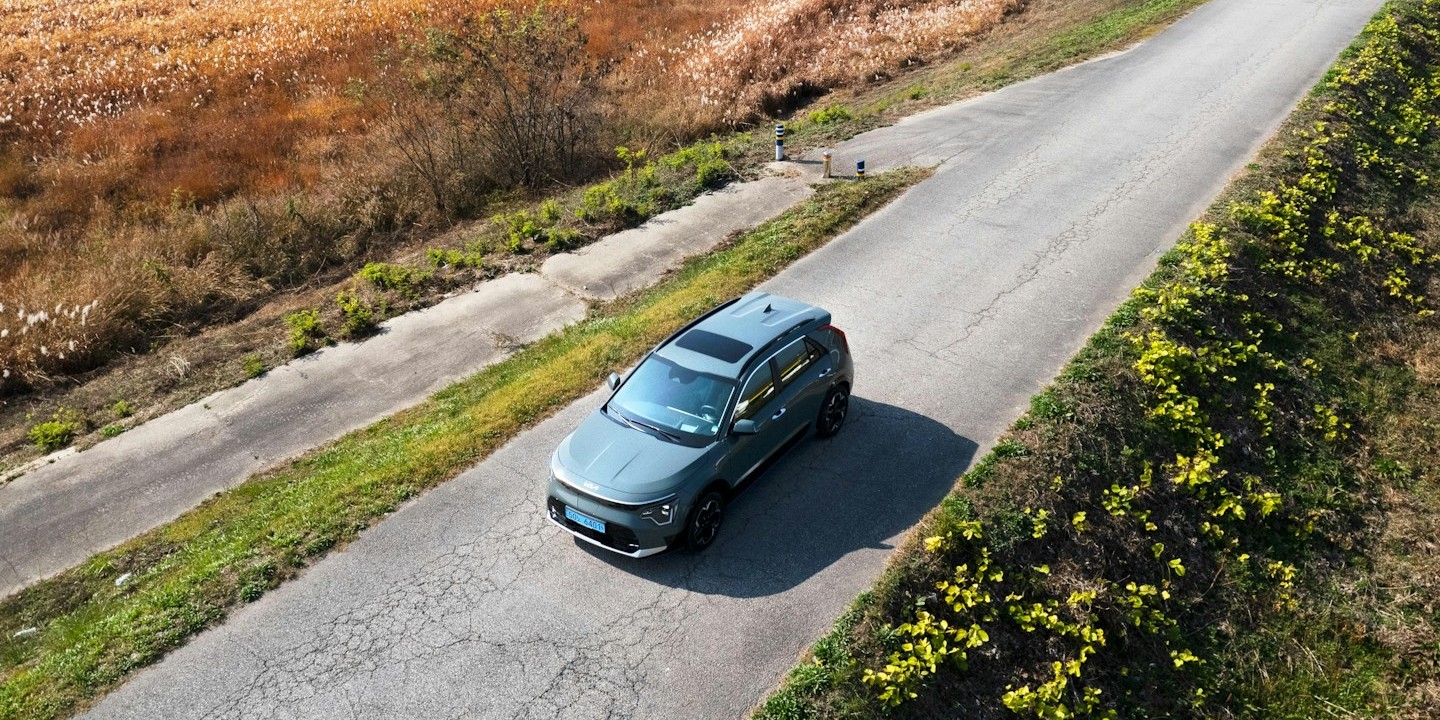Coupes With Character
Three-door coupes have always had a certain attitude—half practical, half show-off, entirely unforgettable. They’re the cars that make parking lots look like runways and make quick errands feel suspiciously dramatic. Some were icons, others oddballs, all unforgettable in their own right. Grab your keys and a healthy dose of curiosity; we’re stepping into the world of twenty coupes that proved three doors are plenty when the personalities are this strong.
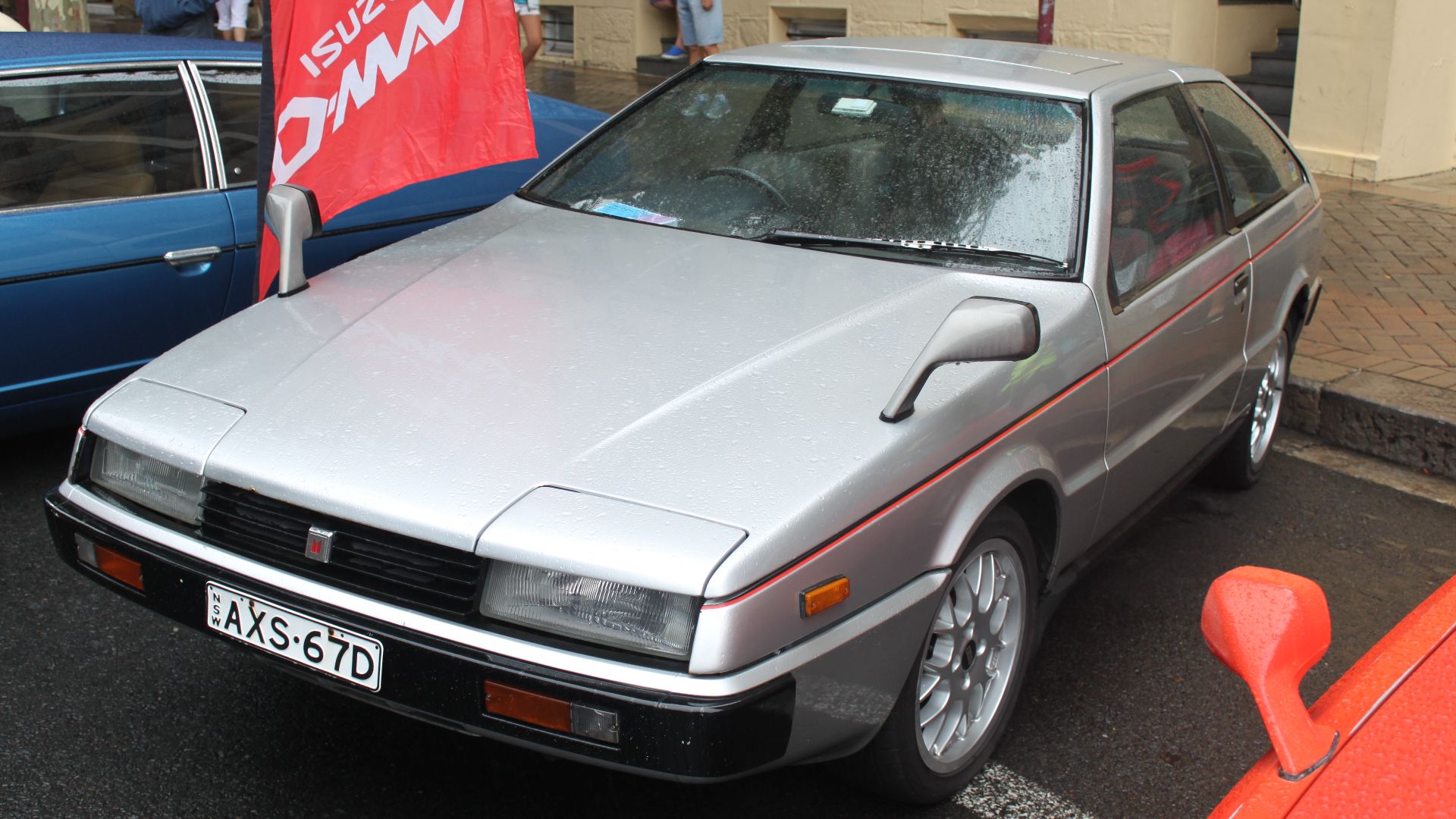 Jeremy from Sydney, Australia on Wikimedia
Jeremy from Sydney, Australia on Wikimedia
1. MGB GT (1965–1980)
Pininfarina gave Britain something truly unexpected with the MGB GT. Suddenly, sports car drivers could have speed without sacrificing weekend practicality. The sloping hatch made luggage less of a headache, and that 2+2 seating meant friends could finally tag along—comfortably, almost.
2. Isuzu Piazza (1981–1992)
Giugiaro approached the Isuzu Piazza as an exercise in geometric precision. Every surface angle served an aerodynamic purpose, while the glass curvature optimized visibility. This three-door coupe blended functional aerodynamics with sculptural intent, creating a wedge design that balanced drag reduction with aesthetic efficiency across its global variants.
3. Jensen-Healey GT (1975–1976)
Jensen built the GT like it had weekend plans but forgot Monday existed. It borrowed a Lotus engine, squeezed it into a sleek hatch, and vanished after a year. Today, collectors call it “rare.” Translation: nobody bought it when they actually could.
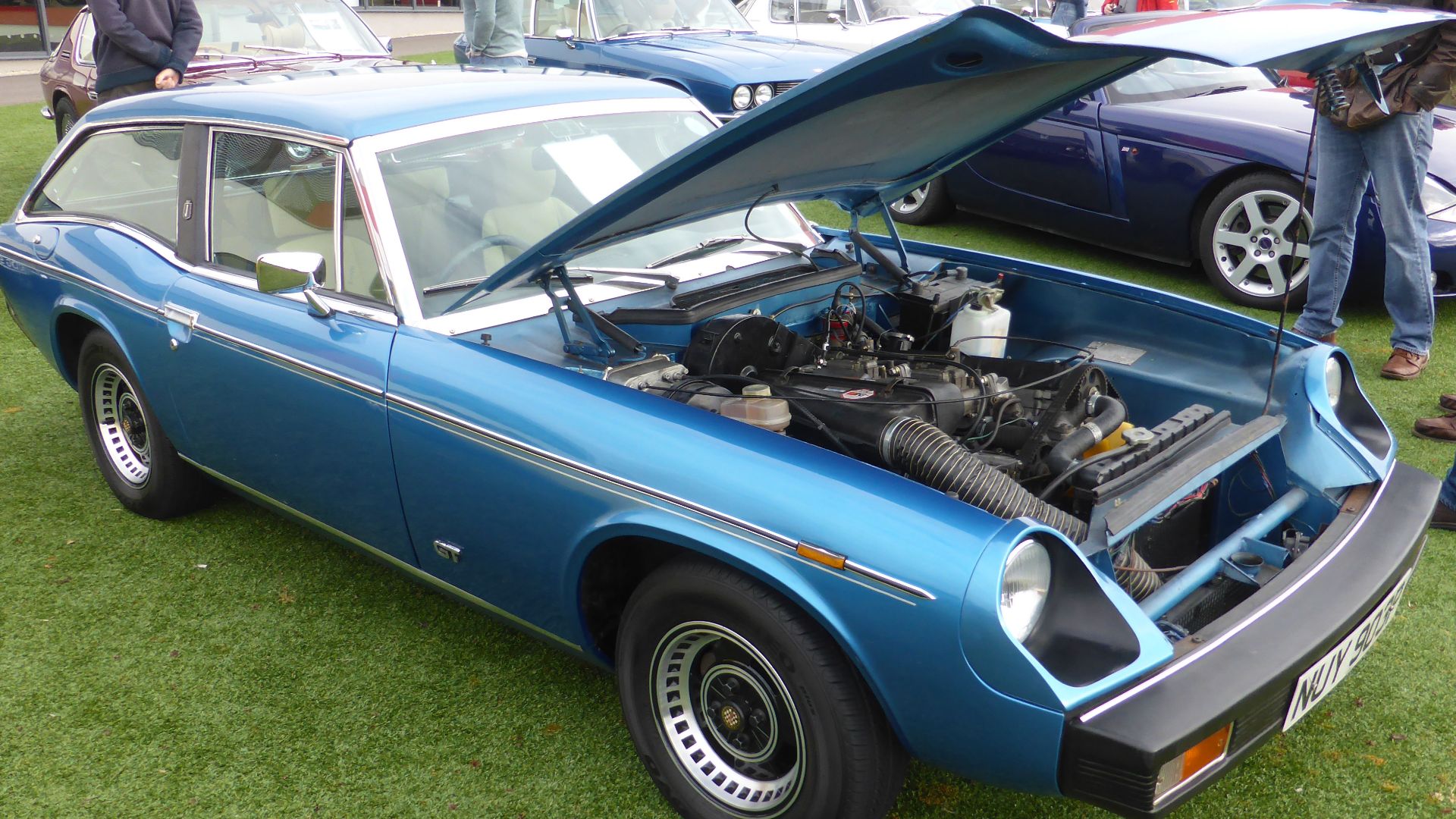 Andrew Bone from Weymouth, England on Wikimedia
Andrew Bone from Weymouth, England on Wikimedia
4. BMW 2002 Touring (1971–1975)
The 2002 Touring gave BMW’s performance lineup something it sorely needed: practicality. Retaining the same drivetrain and handling as its sedan sibling, it added a fastback roof and hatch for easier cargo loading. This variant wasn’t widely exported, yet it influenced future generations of BMW compact sport models.
5. Alfa Romeo Alfasud Sprint (1976–1983)
Rust jokes aside, the Alfasud Sprint could handle corners like it had something to prove. The low boxer engine gave it a balance that most coupes could only dream of. Sure, it aged poorly in damp climates—but for those first few drives, the car was pure Italian mischief on wheels.
6. Nissan Silvia S110 (1979–1983)
Designers understood the appeal of dual identity. The S110 looked sharp enough for city lights yet balanced enough for open-road freedom. Beneath its crisp lines lived something quietly confident: rear-wheel drive, precise steering, and that subtle feeling of control only true drivers notice.
7. Volkswagen Scirocco (Mk1) (1974–1981)
The first Scirocco arrived during an era when car design finally dared to look modern. Its angular roofline and tight proportions felt revolutionary, while the hatch hinted at everyday usefulness. Even now, catching sight of one recalls a time when the future seemed freshly drawn.
8. Ford Capri (Mk2) (1974–1978)
Introduced in 1974, the Ford Capri Mk2 refined the original’s fastback design by adding a functional hatch for greater practicality. Both four- and six-cylinder engines returned, and the interior layout became noticeably roomier. The result was a stylish European coupe suited for both performance and everyday use.
9. Mazda RX-7 (1st Gen, SA/FB) (1978–1985)
The first RX-7 introduced a rhythm all its own. Its rotary engine sang higher than rivals dared, while the low, flowing shape captured motion even at rest. Drivers didn’t just pilot it; they felt its pulse echo through every sharp turn and straightaway.
10. Toyota Celica (2nd Gen, A40/A50) (1977–1981)
Toyota struck a sweet balance with the second-generation Celica. Sleek enough to draw attention but sensible enough for errands, it captured both style and substance. The sloping hatch made life easier, and behind the wheel, every drive felt surprisingly effortless for something that looked so sharp.
11. Dodge Daytona (Turbo Z) (1984–1993)
Aerodynamics shaped the Daytona Turbo Z from its slanted nose to its tapered roofline. Engineers prioritized airflow efficiency and turbocharged torque, creating a coupe with measurable purpose. Its digital dashboard, advanced for its time, also reflected Chrysler’s push toward integrating technology into accessible American performance vehicles.
12. Chevrolet Cavalier Z24 (1986–1994)
Chevy’s Z24 wasn’t built to intimidate—it was built to flirt with fun. Sporty stripes, a punchy exhaust, and bright wheels gave it all the confidence of a rockstar at a county fair. The car may not have been fast, but it sure acted the part convincingly.
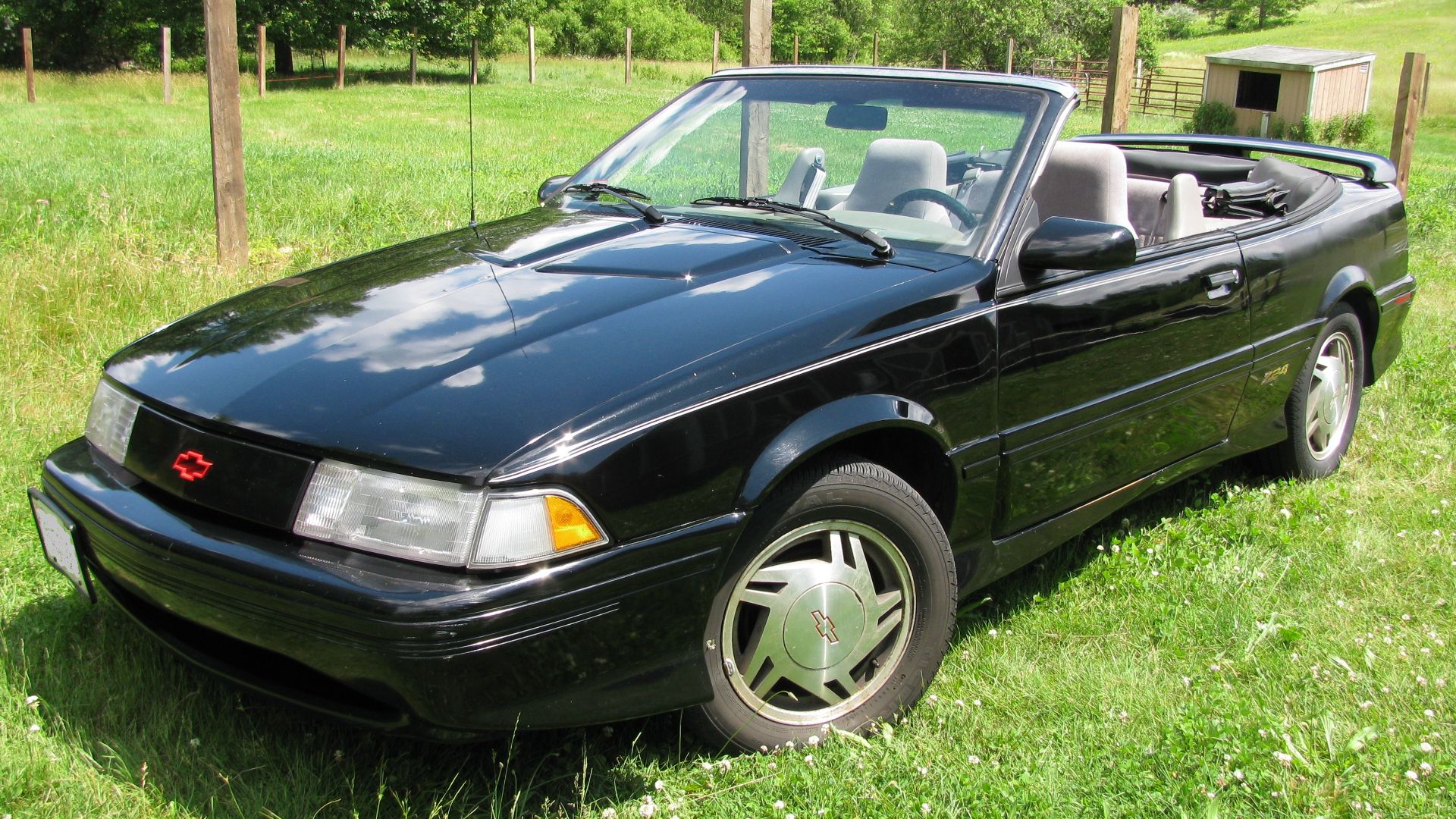 Fx6893 at English Wikipedia on Wikimedia
Fx6893 at English Wikipedia on Wikimedia
13. Acura Integra (1st Gen, DA/DB) (1986–1989)
Honda’s luxury branch launched its legacy with the first-generation Integra, a refined three-door hatchback emphasizing balance and responsiveness. Lightweight construction, precise steering, and sharp suspension tuning created a driver’s car that combined practical efficiency with genuine sophistication, which was a formula that helped define Acura’s early identity in North America.
14. Toyota MR2 (1st Gen, W10/AW11) (1984–1989)
Someone at Toyota clearly said, “Let’s put the engine in the middle and see what happens.” What happened was chaos—in the best way. The MR2 cornered like caffeine on wheels and made drivers feel like heroes right up until physics reminded them otherwise.
15. Mazda RX-7 (2nd Gen, FC) (1985–1992)
Every pulse of the rotary engine carried a hint of rebellion. Nothing about the FC RX-7 felt lazy; the vehicle cut through corners with purpose and balance. Inspired by European styling yet purely Japanese in spirit, it offered balance, danger, and undeniable beauty in one unforgettable machine.
16. Ford Probe (1st Gen, NA) (1988–1992)
Ford wanted drivers to rethink what sporty meant. The Probe’s flowing roofline and futuristic dashboard invited a quiet thrill of control, the kind that lingers long after the drive ends. Built with Mazda’s engineering precision, it blurred the lines between ambition, curiosity, and mechanical desire.
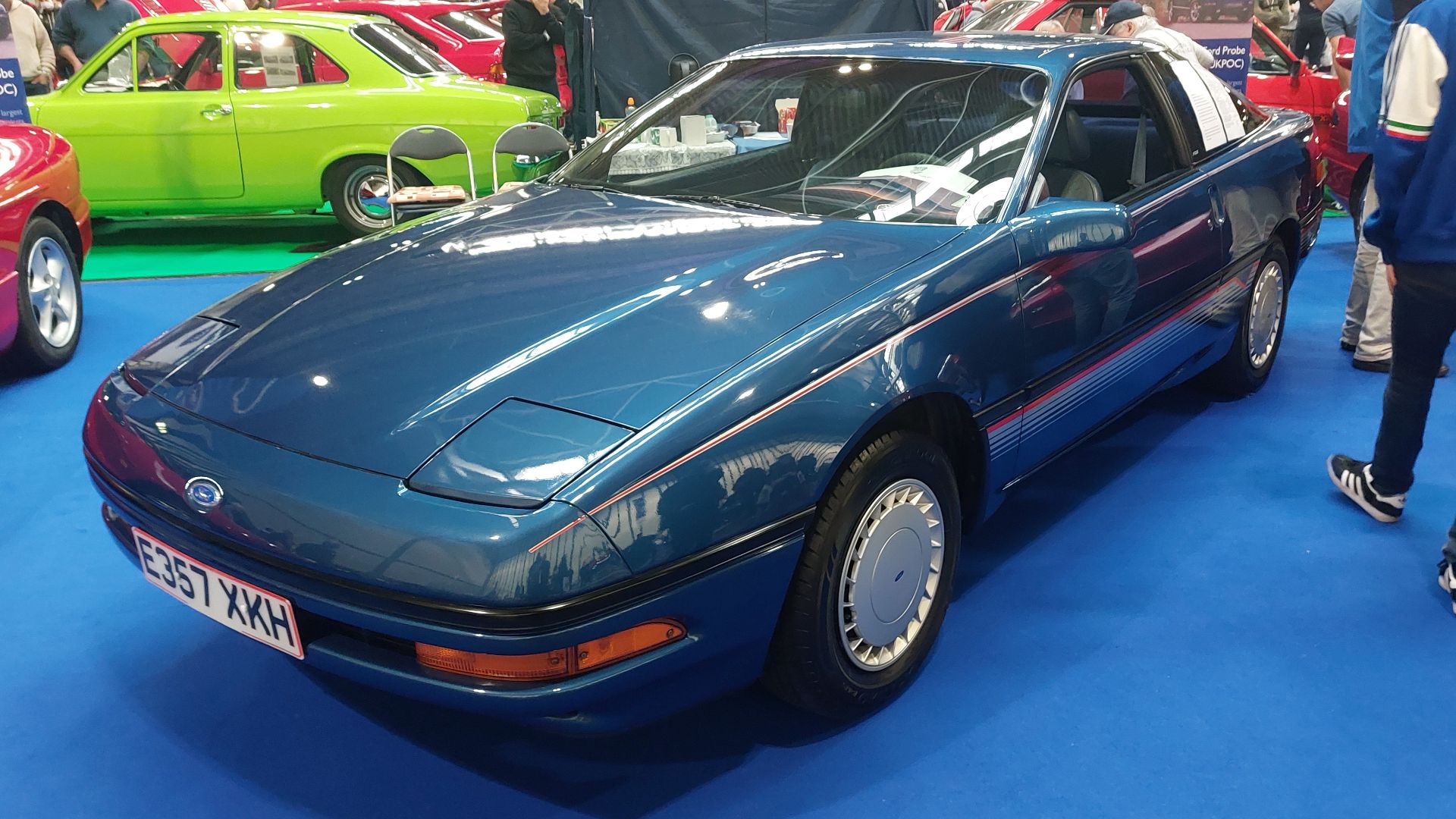 Kieran White from Manchester, England on Wikimedia
Kieran White from Manchester, England on Wikimedia
17. Saturn SC Series (1st Gen) (1991–1996)
The first Saturn SC captured the optimism of a brand that believed cars could be honest. Its wedge-shaped body and pop-up headlights looked straight from the future, yet its simplicity felt sincere. Even today, that unpolished charm reflects a moment when carmaking still felt hopeful.
18. Mitsubishi Eclipse (1st Gen, D30) (1989–1994)
Built under the Diamond-Star partnership, the first-generation Eclipse combined Mitsubishi’s turbocharged power with Chrysler’s distribution network. Its hatchback design housed all-wheel drive capability and distinctive aerodynamic shaping. This collaboration produced a performance-focused coupe that became a cornerstone of early 1990s tuner culture and affordable speed.
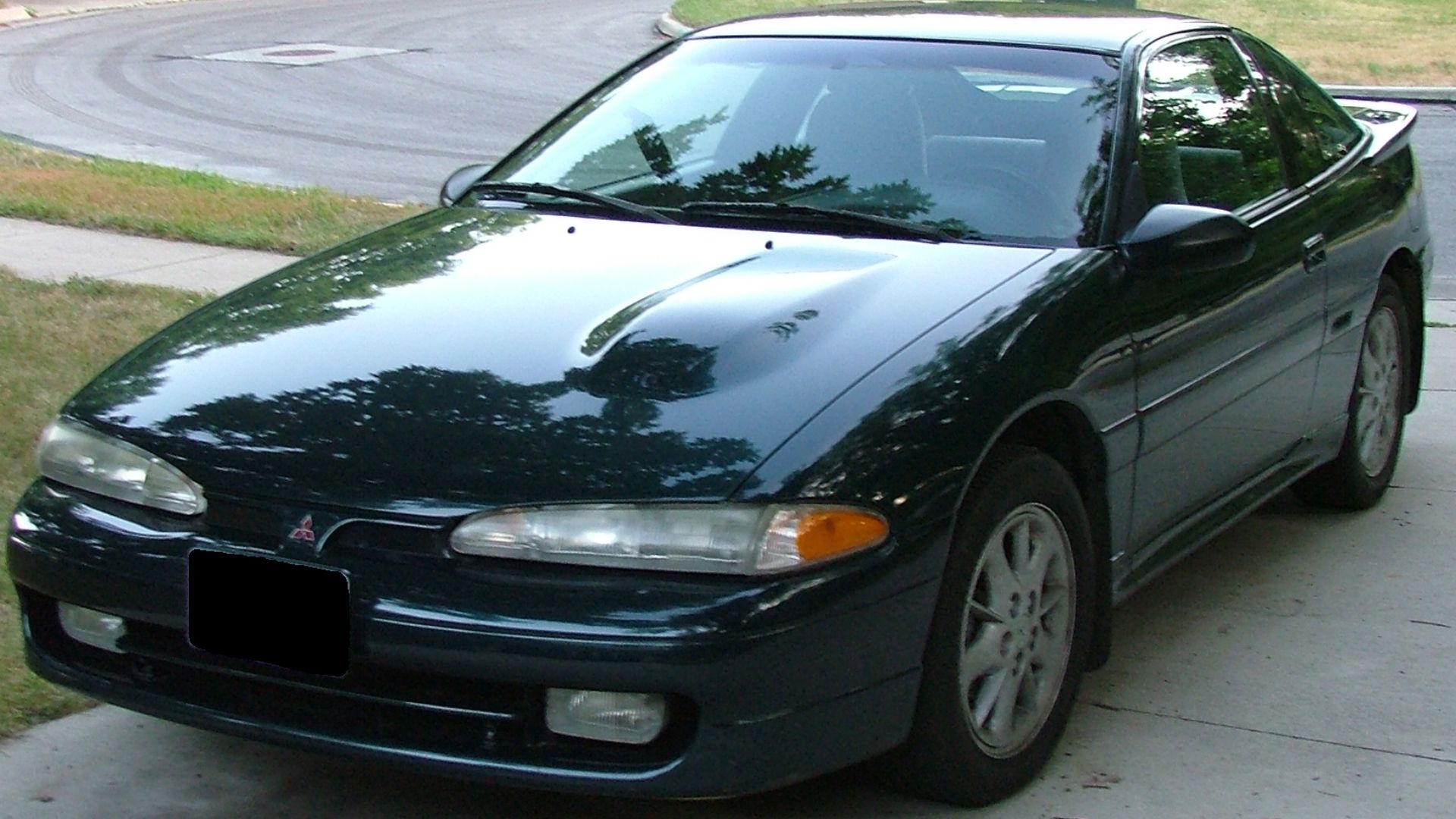 Tirefire5k at English Wikipedia on Wikimedia
Tirefire5k at English Wikipedia on Wikimedia
19. Mazda MX-6 (GD) (1987–1992)
The MX-6 wasn’t flashy, but it didn’t need to be. It looked clean, drove smoothly, and handled every curve with quiet precision. That four-wheel steering system worked like magic back then, making this coupe feel composed and far more refined than most cars in its class.
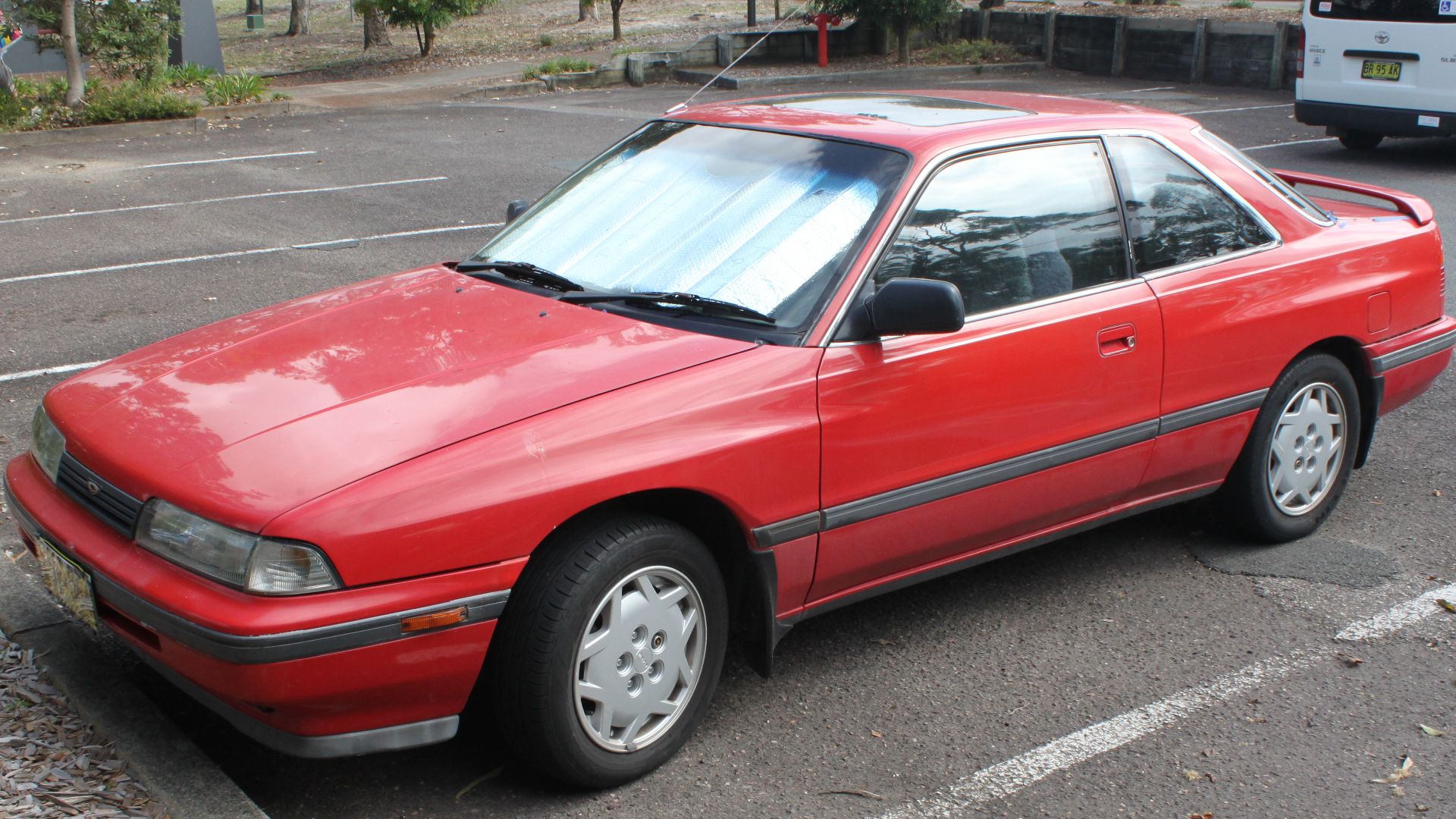 Jeremy from Sydney, Australia on Wikimedia
Jeremy from Sydney, Australia on Wikimedia
20. BMW Z3 Coupé (E36/8) (1998–2002)
When the Z3 Coupé first appeared, it felt like a daring statement in a world of predictable curves. Its long hood and sudden rear hatch created a silhouette that still feels personal, like a car built by enthusiasts who cared more about feel than fashion.


